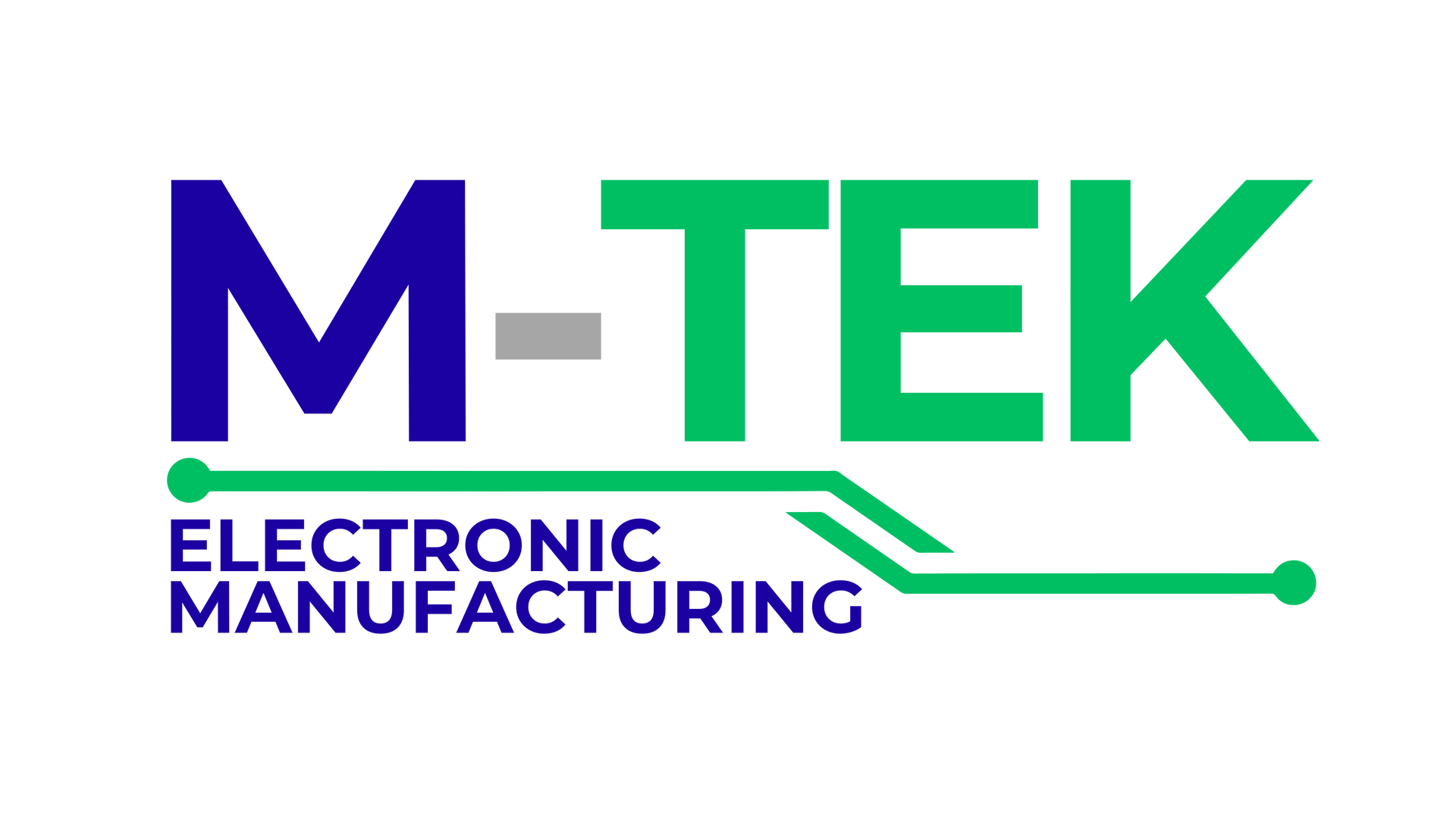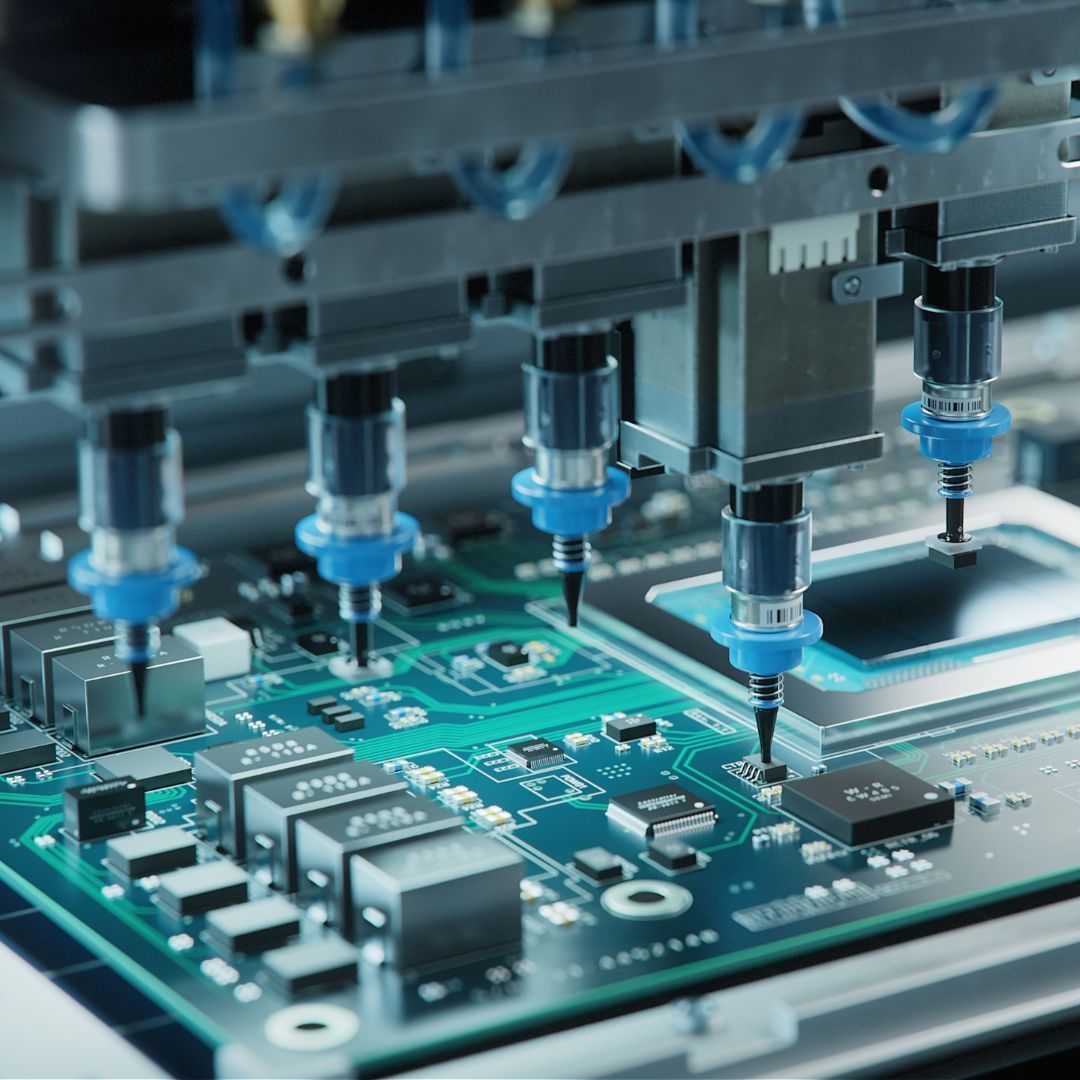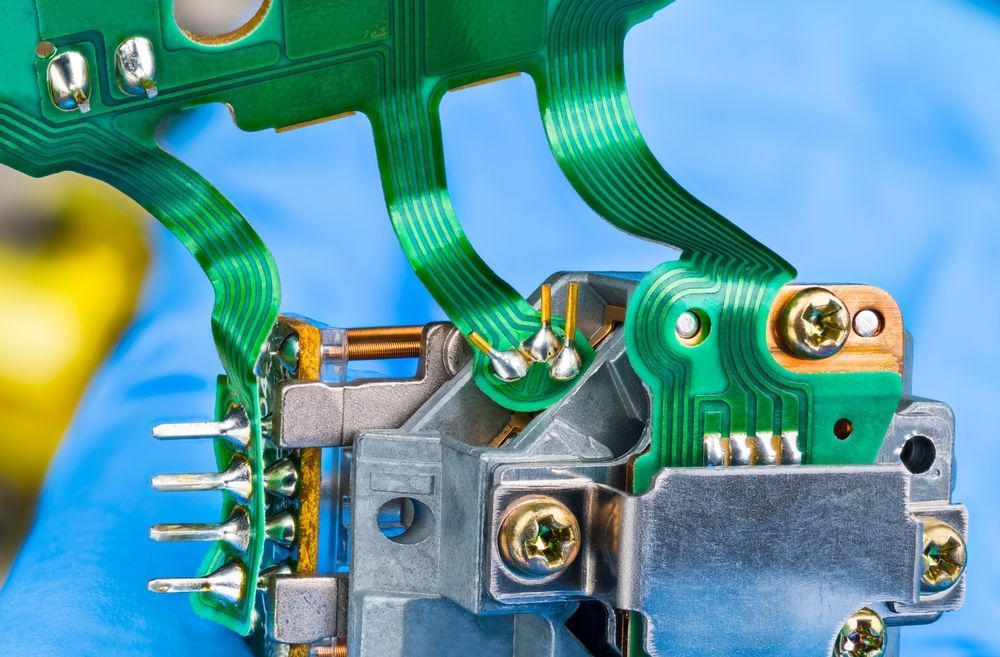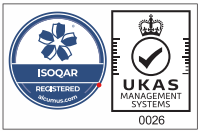The Advantages of Flexible Printed Circuits
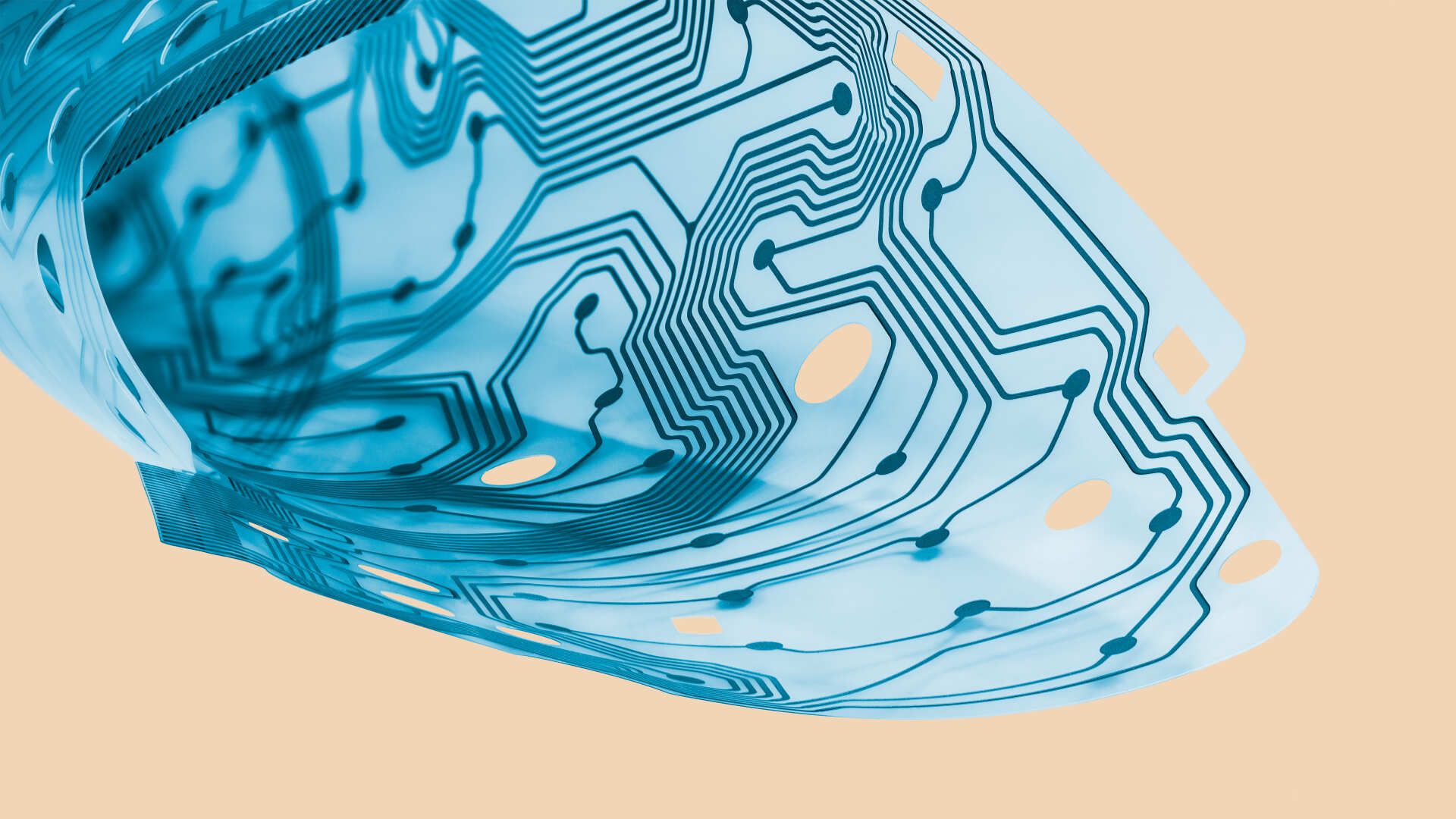
Circuit boards that can bend or twist are known as flexible printed circuits (FPC). We can deduce from this that they are distinguished by their adaptable design. These properties are used by electronic engineers and designers in applications that require them. They are commonly used in small electrical applications and are also known as flex circuits. You can learn more about flexible circuit board assembly here. However, if you would like to learn about the advantages of using FPC keep reading.
Flexibility
Flexible circuit boards can relieve users of the stress of weight and space that rigid circuit boards frequently produce. Flexible circuit boards can be bent at different angles when being installed. This allows for the improvement of various electronics' functional levels.
Freedom of Design Capacity with Flexible Printed Circuits
The design of flexible printed circuits is of course flexible. There are more options than just double layers. Engineers can greatly benefit from this. Engineers can create complex configurations with a variety of interconnections with this kind of freedom. Flexible printed circuits can also accommodate a variety of components. Ask any engineer or designer in the world, and they'll tell you that having design freedom greatly enhances their capacity for diversity and creativity.
Precision with Designs
The margin of error in designs is smaller for flexible printed circuits because automated equipment is used to create them most often. This is a key quality of advanced electronic devices. Due to the high level of precision required of them, flexible circuit boards are used in the majority of modern advanced electronic devices. Devices used in medical settings are an example of those that demand a high degree of precision.
High-Density Configuration
They can accommodate high-density devices because they can combine plated through-hole and surface-mounted components. Designing lighter conductors is possible due to the potential for narrow component separation. This allows for the provision of additional component space.
Long-term Effectiveness
Flexible circuit boards have superior characteristics that enable them to be durable and perform well over time. These boards' characteristics of low ductility and mass enable them to resist the effects of vibrations, which enables them to perform better. For users, the fact that electronics can last for a very long time is a huge benefit. Since electronics are so prevalent in modern homes, it is advantageous for them to maintain good conditions for a long time.
Suitable for Use at High Temperatures
These circuit boards' polyimide material can withstand high temperatures as well as substances like acids and oils. Flexible circuit boards are a dependable option for high-temperature applications because they can withstand temperatures of up to 400 degrees centigrade.
Cost Cutting
Any device or material has a benefit if it can lower the cost of the PCB in comparison to another. Because they can fit into a small area, flexible printed circuits significantly lower the cost of the flexible printed circuit assembly. In a similar vein, they cut down on testing, rejects, and reworking time, which results in cost savings.
About M-Tek Assembly
By selecting M-Tek Assembly Ltd for your flexible circuit board assembly, you will also be contributing to environmental preservation. We have achieved a net-zero carbon footprint by using electric vehicles, and we plant a tree for every circuit board we build! Please contact one of our SMT and PCB assembly experts for assistance right away. To learn more about our services, call 01189 455377 or follow us on Twitter.
